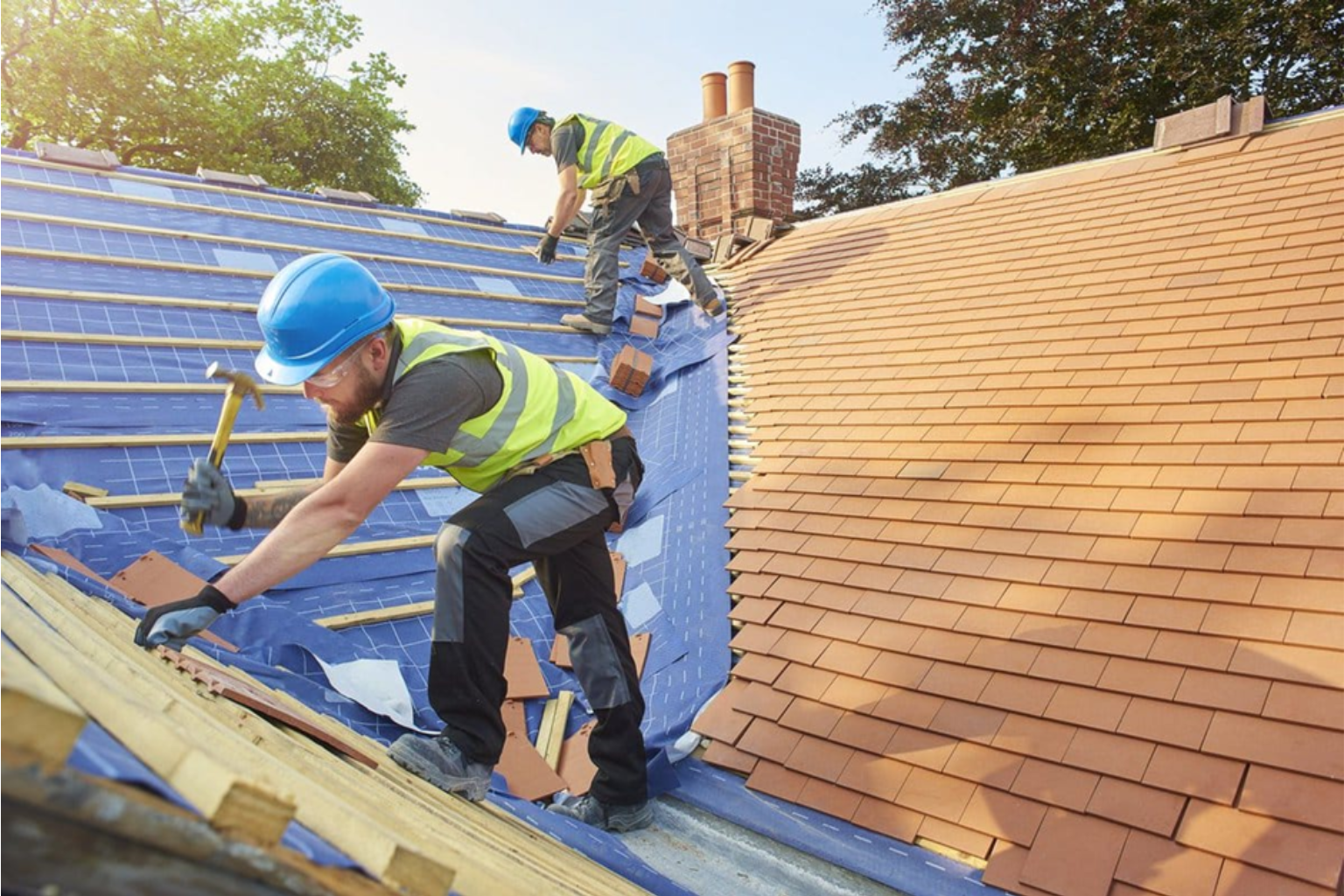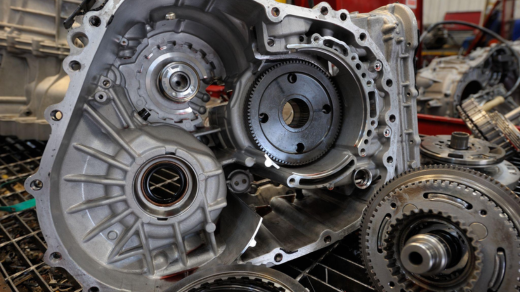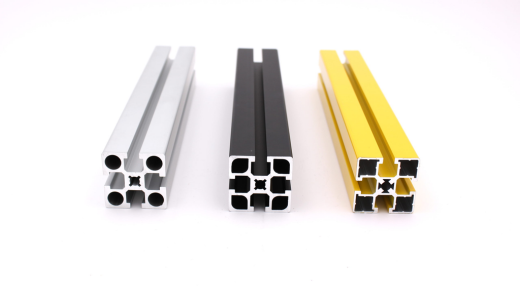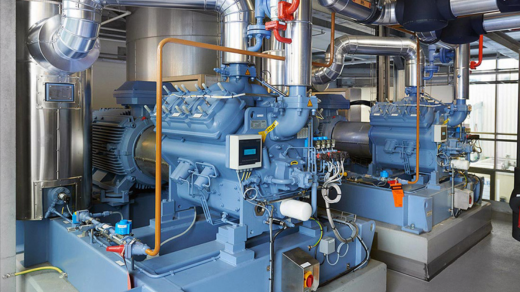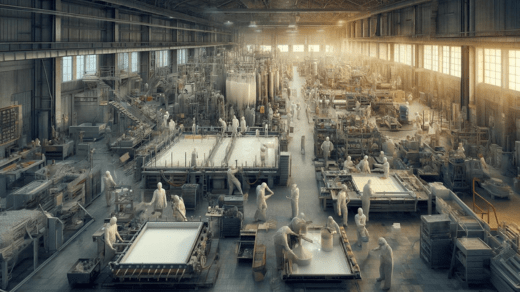
GRP, or Glass Reinforced Plastic, is a versatile material used in various industries for its exceptional properties and applications. In this article, we delve into the world of GRP manufacturers, GRP mouldings, and fibreglass mouldings, exploring their significance, benefits, applications, manufacturing process, and future trends.
Introduction to GRP Manufacturers
What is GRP?
GRP, commonly known as fibreglass, is a composite material made of reinforced plastic and glass fibers. It combines the strength of glass with the flexibility of plastic, resulting in a durable and lightweight material.
Importance of GRP in Various Industries
GRP plays a crucial role in industries such as construction, automotive, marine, aerospace, and more. Its versatility and strength make it an ideal choice for various applications, ranging from structural components to decorative elements.
Understanding GRP Mouldings
GRP mouldings are formed by shaping and molding GRP materials into desired shapes and sizes. These mouldings serve multiple purposes and are integral components in many products and structures.
Definition and Purpose
GRP mouldings refer to the finished products created through the molding process, which involves shaping the GRP materials into specific forms. These mouldings serve diverse purposes, including structural support, insulation, aesthetics, and more.
Types of GRP Mouldings
GRP mouldings come in various forms, including panels, enclosures, casings, covers, and customized components tailored to specific requirements. Each type offers unique characteristics and benefits, catering to different applications across industries.
Applications in Construction, Automotive, Marine, etc.
GRP mouldings find extensive use in construction for architectural features, cladding systems, and infrastructure components. In the automotive sector, they contribute to lightweight body parts, interiors, and exterior elements. Additionally, in marine applications, GRP mouldings excel due to their resistance to corrosion and seawater.
Benefits of Fibreglass Mouldings
Fibreglass mouldings offer numerous advantages over traditional materials, making them preferred choices in various industries.
Durability and Strength
Fibreglass mouldings boast exceptional durability and strength, making them suitable for demanding environments and applications. They withstand harsh conditions, impacts, and corrosion, ensuring long-term performance and reliability.
Lightweight Properties
One of the key benefits of Fibreglass mouldings is their lightweight nature. They contribute to overall weight reduction in products and structures without compromising strength or integrity. This feature is particularly advantageous in industries where weight is a critical factor, such as aerospace and automotive.
Resistance to Corrosion and Chemicals
Fibreglass mouldings exhibit high resistance to corrosion, chemicals, and environmental factors, ensuring longevity and minimal maintenance requirements. This property makes them ideal for outdoor applications, marine environments, and chemical processing facilities.
Applications of GRP and Fibreglass Mouldings
GRP and fibreglass mouldings find extensive applications across various industries, contributing to the efficiency, performance, and aesthetics of numerous products and structures.
Construction Industry
In the construction industry, GRP and fibreglass mouldings are used for architectural features, cladding systems, roofing components, decorative elements, and structural reinforcements. Their versatility, durability, and design flexibility make them indispensable in modern construction projects.
Automotive Sector
In the automotive sector, GRP and fibreglass mouldings are employed in manufacturing lightweight body parts, interior components, exterior panels, and specialized vehicle applications. Their lightweight properties contribute to fuel efficiency, performance, and design freedom in automotive design and production.
Marine Applications
GRP and fibreglass mouldings play vital roles in marine applications, including boat building, ship components, offshore structures, and marine equipment. Their resistance to corrosion, seawater, and harsh marine environments make them ideal for maritime use, ensuring safety, durability, and performance at sea.
Aerospace Industry
In the aerospace industry, GRP and fibreglass mouldings are utilized in aircraft interiors, structural components, engine parts, and aerodynamic surfaces. Their lightweight properties, high strength-to-weight ratio, and resistance to fatigue contribute to fuel efficiency, performance, and safety in aircraft design and manufacturing.
GRP Manufacturing Process
The manufacturing process of GRP involves several stages, from raw material selection to final product inspection.
Raw Materials Used
The key raw materials used in GRP manufacturing include polyester or epoxy resins, glass fibers, additives, and catalysts. These materials are carefully selected and combined to achieve desired properties such as strength, flexibility, and durability.
Production Techniques
GRP manufacturing typically involves processes such as hand lay-up, spray-up, compression molding, and filament winding. Each technique offers distinct advantages and is chosen based on factors such as product complexity, volume, and quality requirements.
Quality Control Measures
Quality control is paramount in GRP manufacturing to ensure the integrity, performance, and safety of the final products. Rigorous testing, inspection, and certification processes are implemented throughout the production cycle to meet industry standards and customer expectations.
Choosing the Right GRP Manufacturer
Selecting the right GRP manufacturer is essential to ensure quality, reliability, and customer satisfaction.
Factors to Consider
When choosing a GRP manufacturer, consider factors such as experience, expertise, capabilities, facilities, certifications, and track record. Assess their ability to meet your specific requirements, deadlines, and quality standards.
Reputation and Experience
Look for GRP manufacturers with a proven track record of delivering high-quality products and services. Consider their experience in your industry, customer testimonials, case studies, and references to gauge their reputation and credibility.
Quality Standards and Certifications
Ensure that the GRP manufacturer adheres to industry standards, regulations, and certifications relevant to your application and market requirements. Certifications such as ISO 9001, ISO 14001, and BS EN 13706 demonstrate their commitment to quality, safety, and environmental stewardship.
Future Trends in GRP Manufacturing
The future of GRP manufacturing is characterized by continuous innovation, sustainability, and technological advancements.
Innovations in Materials
Researchers and manufacturers are exploring new materials, formulations, and composites to enhance the properties and performance of GRP products. Advanced materials such as carbon fiber-reinforced plastics (CFRP) and bio-based resins offer potential improvements in strength, lightweighting, and sustainability.
Sustainable Manufacturing Practices
There is a growing emphasis on sustainability and environmental responsibility in GRP manufacturing. Companies are adopting eco-friendly practices, recycling initiatives, and renewable energy sources to reduce carbon footprint, waste, and resource consumption.
Emerging Technologies
Advancements in automation, robotics, digitalization, and additive manufacturing are transforming GRP production processes. Robotics and automation improve efficiency, precision, and safety, while digitalization enables real-time monitoring, predictive maintenance, and data-driven decision-making.
Conclusion
GRP manufacturers play a vital role in providing innovative solutions and products across various industries. GRP mouldings and fibreglass mouldings offer numerous benefits, including durability, lightweight properties, and resistance to corrosion. As the demand for high-performance materials grows, the future of GRP manufacturing is poised for continuous evolution, driven by innovation, sustainability, and technological advancements.

